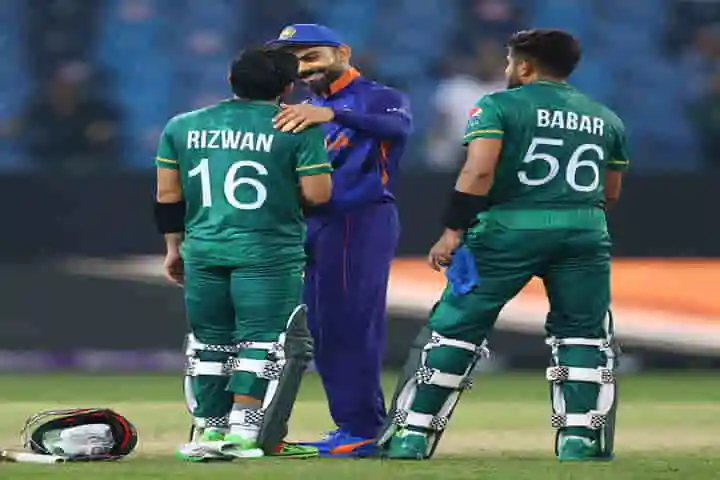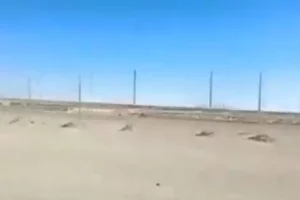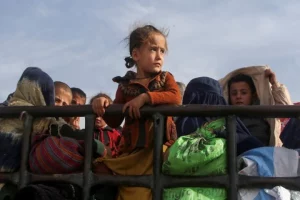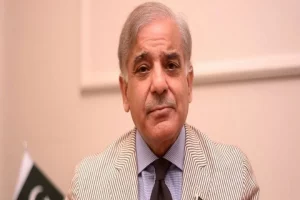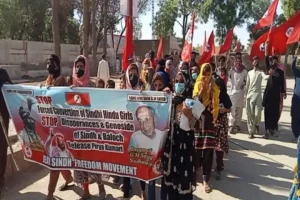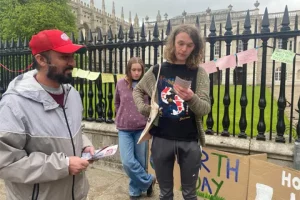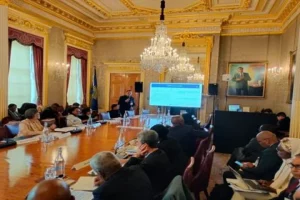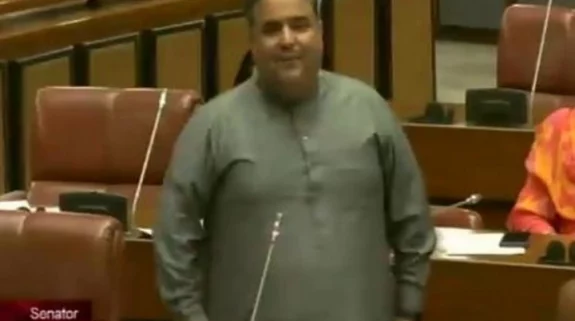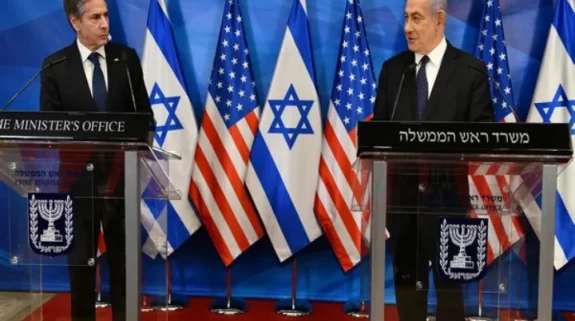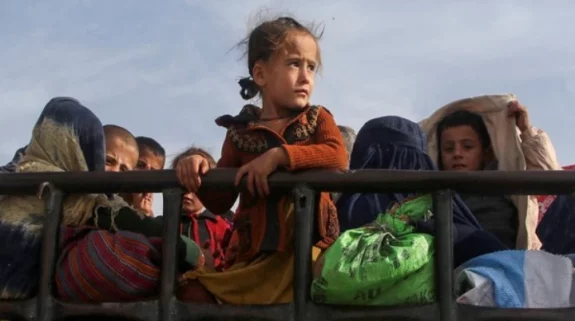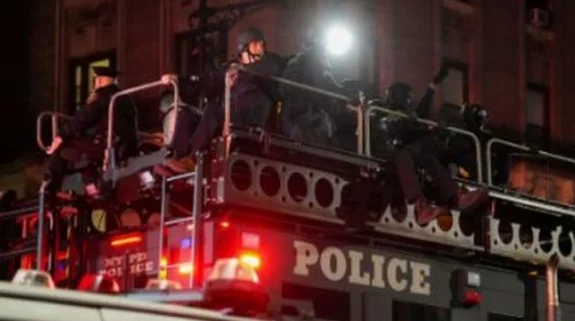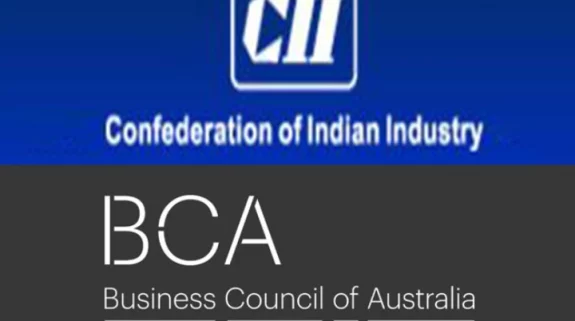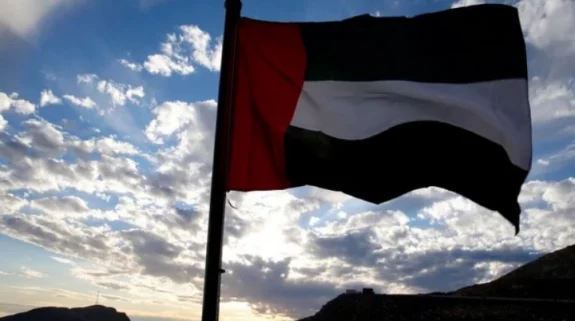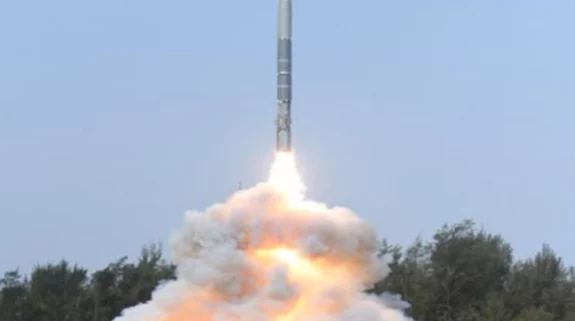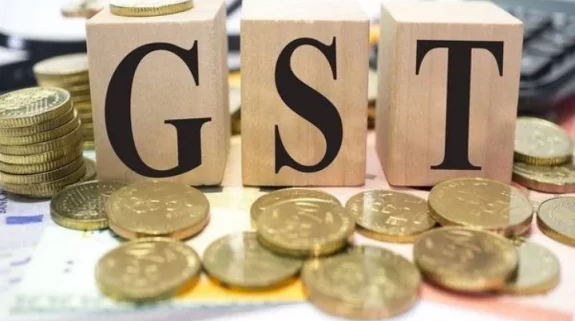Chief of the Islami Jamiat Talaba, the student wing of the Jamaat-e-Islami (JeI) Jammu and Kashmir, Sheikh Tajamul Islam, had called for an Iran-type Islamic revolution in Kashmir. Sheikh Mohammad Abdullah had died and Farooq Abdullah had become Chief Minister. Pro-Pakistan Peoples League leader Shabir Shah had started mobilising the public opinion for shutting down wine shops in Kashmir.
On Pajnu, a Kashmiri Pandit in the Jammu and Kashmir Cricket Association, had convinced the Board of Control for Cricket in India (BCCI) to allot the first international cricket match to Sher-e-Kashmir International Cricket Stadium (SKICS) Sonwar, Srinagar.
According to the BCCI schedule, the first of the 5-series One Day International cricket match of 50:50 overs between India and West Indies was to be played on 13 October 1983 at the picturesque SKICS, girdled by columns of the massive Chinars. Iconic players like Sunil Gavaskar, Kapil Dev, Krishnamachari Srikkanth, Dilip Vengsarkar, Syed Kirmani, Roger Binny (India), Clive Lloyd, Gordon Greenidge, Desmond Haynes, Malcolm Marshall, Vivian Richards, Allan Border and Andy Roberts (West Indies) descended on Srinagar. So did umpires Jiban Ghosh and Mohammad Ghous and the famous international cricket commentator Milind Wagle. Doordarshan had for the first time in Kashmir stationed its OB vans for live telecast of the match for the whole world.
A motley group of the valley’s young separatists thought it opportune to piggyback on the DD telecast to convey to the world that J&K was a ‘disputed territory’ aspiring to become a part of Pakistan. They arranged for posters and banners, planted slogan shouters at vantage positions and made a plan to damage the pitch at the first opportunity. Rain and a dust storm too played spoilsport. Even as Pakistan was not playing, Imran Khan’s posters were waved at Gavaskar. Apples and trash were hurled on the India players. DD’s camera crews did their best to shadow the unruly pavilions. Finally, during the lunch break, the saboteurs invaded the pitch and damaged it but the game went on.
Gavaskar later wrote in Runs ’n’ Ruins: “Being hooted at after a defeat is understandable, but this was incredible. Moreover, there were many in the crowd shouting pro-Pakistan slogans which confounded us, because we were playing the West Indies and not Pakistan.”
Bad light grounded the game when West Indies were 108 without loss from 22.4 overs. India had scored 80 in 20 overs and West Indies 108. Thus West Indies won the match by 28 runs.
The J&K Police arrested around a dozen of the saboteurs and later booked 21 demonstrators under Public Safety Act. They were released on bail in 1984—the year Jammu and Kashmir Liberation Front (JKLF) terrorists kidnapped and killed the Indian diplomat Ravinder Mhatre in Birmingham and the JKLF leader Maqbool Bhat, convicted in a murder case, was hanged to death in Delhi’s Tihar Jail; the year Gernail Singh Bhindranwale and his Sikh militants were killed in the Operation Blue Star in Amritsar; the year Prime Minister Indira Gandhi’s security guards, both Sikhs, shot her dead.
Even as the accused in the SKICS case were charge-sheeted in 1989, they were acquitted in the court of the Principal District and Sessions Judge of Srinagar, Kaneez Fatima, for “lack of evidence” on 30 November 2011. Nobody appeared as a witness against them after some of the accused picked up guns.
Among the accused, Shabir Shah came to be known as patron of the militant group Muslim Janbaz Force. Showkat Bakhshi, booked in the Rubaiya Sayeed kidnapping and the Indian Air Force (IAF) killings case, was appointed as JKLF’s ‘District Commander’ for Srinagar. Mushtaqul Islam launched Hizbullah which killed hundreds of the civilians including the veteran Gujjar leader and a former member of Indian Constituent Assembly, Maulana Mohammad Sayeed Masoodi.
Masoodi, who had fought the Pakistani raiders in 1947, was 90 years old when he was shot dead at his Ganderbal house on 13 December 1990. Farooq Ahmad Dar became Adil Jehangir when he was appointed Hizbul Mujahideen’s ‘battalion commander’. In 1998, when he was running a pharmaceutical agency after his arrest and release from jail, he was shot dead at his office.
Few people celebrated Pakistan’s victory or India’s defeat in a cricket match till 2008 when the former Chief Minister Mufti Mohammad Sayeed created an uproar over the allotment of a piece of land to Shri Amarnathji Shrine Board in 2008. The current era of regional and religious polarisation began with that street turmoil. The highest point of the pro-Pakistan sentiment was achieved in the PDP-BJP regime in 2015-16, beginning with Massarat Alam’s release and a massive demonstration for militants and Pakistan in March-April 2015. Enjoying moral support from the ruling party, the pro-Pakistan population turned Kashmir virtually into Pakistan after the Hizbul Mujahideen militant Burhan Wani’s killing in an encounter.
By 2017, many cricket matches at the local playfields would start with the Pakistani national anthem.
“They were always small crowds but well organised. There were over 15,000 spectators at SKICS in 1983. Not more than 30 started the demonstrations and less than 200 supported them. They never represented even 5 percent of the population but after 1990 they had all the pressure groups on their side—the separatist, mainstream politicians, militants, a vast ecosystem of the India-abusers, sections of the national and international media plus the nuclear power Pakistan”, said a senior political analyst.
Two thinly attended pro-Pakistan demonstrations by the students of two State-run medical colleges in Srinagar coupled with celebration over India’s defeat in a cricket match with Pakistan in Dubai by some small groups in downtown Srinagar on the night of 24 October 2021 became big news for a reason. It was for the first time after J&K’s reorganisation and withdrawal of special status in August 2019 that such a demonstration was organised in Kashmir.
The government filed two FIRs under different provisions of UAPA, IPC and IT Act against anonymous MBBS students and the hostel wardens but, unlike UP, nobody was rusticated or arrested.
Most of the mainstream leaders, including the PDP President Mehbooba Mufti, have been highly critical of the government’s action against the students. They invariably argue that demonstrating or shouting slogans for Pakistan was “no crime” in India. According to them, the Police action against the MBBS female students would ruin their careers and lead to “further alienation of the Kashmiri youths”.
Contrarily the counter-argument is that demonstration for a neighbouring country like Bangladesh and Nepal was completely different from demonstration for Pakistan.
“Pakistan is our sworn enemy. It is responsible for killing over one lakh Indians in Punjab and J&K since 1980. It is at war with India. Singing the Pakistani anthem, dancing and shouting Nara-e-Takbeer is no jubilation for sports. It’s sedition. If no deterrent is created against such seditious acts, it will spill over to streets in Srinagar and other towns and soon we will be through a turmoil like 2010 and 2016. There will be pellets, bullets and teargas which actually ended in August 2019”, said a BJP leader.
“Democracy is possible only when you have a level playing field for all. These pro-Pakistan groups are demonstrating with the strength and support of militants. Can you imagine a pro-Indian group celebrating India’s victory in Kashmir? They will be shot dead by terrorists in a minute”, the BJP leader from Jammu reasoned.
On 31 March 2016, violent clashes took place at National Institute of Technology (NIT) in Srinagar after some Kashmiri students celebrated India’s defeat in the T20 World Cup semi-final against West Indies in Mumbai. Next day, the Kashmir University students came out on streets with pro-Pakistan banners and slogans. “No IIT, No IIM, Only Freedom” said a banner.
It took the authorities months to restore calm at the NIT which has only 20 percent students from Kashmir.
Similar fringe crowds with the separatists’ support celebrated India’s defeat from Pakistan in the final of ICC Champions Trophy at Oval in England on 18 June 2017. An ecstatic Hurriyat chairman Mirwaiz Umer Farooq tweeted: “Fireworks all around feels like an early Eid here. The better team took the day. Congratulations team #Pakistan”.
Last week’s revelry at the two government-run medical colleges in Kashmir makes clear that the era of jubilation over India’s defeat among a section of the pro-Pakistan population, which started in 1983 and got a push after 2008, has not ended.






